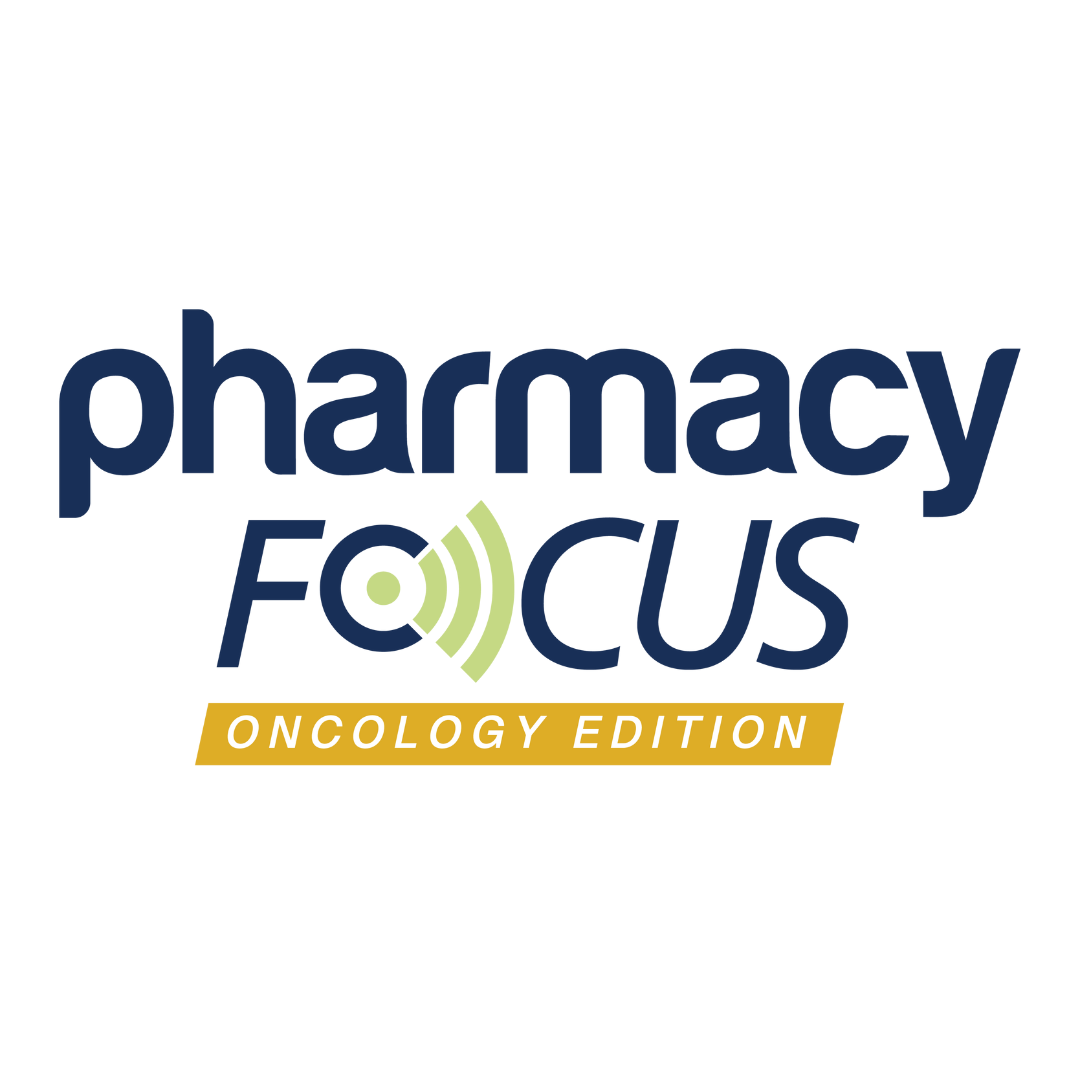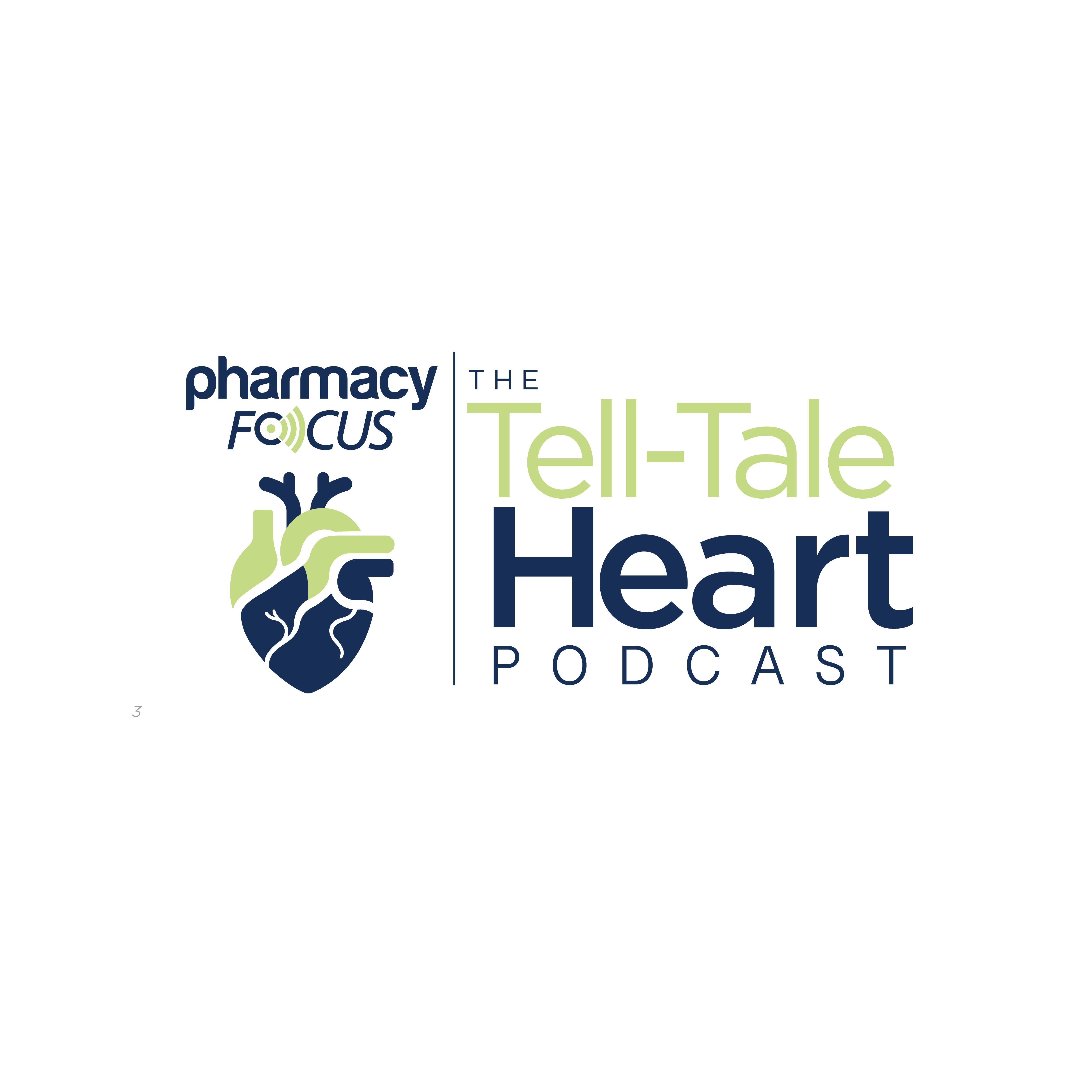News
Article
AACR 2025: Investigational LUT014 Gel Improves Acneiform Rash in Patients With Metastatic Colorectal Cancer
Author(s):
Key Takeaways
- LUT014 gel, a topical BRAF inhibitor, showed significant efficacy in reducing acneiform rash in CRC patients on EGFR-targeted therapies.
- The phase 2 trial reported a 69.2% success rate with LUT014 gel 0.1%, compared to 33.3% with placebo.
Acneiform rash is a common adverse effect of EGFR-targeting therapies.
LUT014 gel, an investigational topical BRAF inhibitor, improved acneiform rash in patients with colorectal cancer (CRC) in a phase 2 clinical trial (NCT04759664). The findings, presented at the American Association for Cancer Research Meeting 2025, may provide patients with relief from acneiform rash, a common side effect of EGFR-targeting therapies, and improve quality of life.1,2
Applying topical cream to irritated skin | Image Credit: @ chatuphot - stock.adobe.com

CRC is one of the most common cancers in the United States with relatively favorable survival in early stages; however, many patients are not diagnosed until later stages of disease. The critical need for therapies to treat these patient populations led to the identification of EGFR mutations and the development of agents targeting the biomarker. Despite the efficacy of these agents, they are often associated with acneiform rash, a skin condition characterized by small, raised, acne-like bumps that form on the face, scalp, chest, and upper back. These bumps are often filled with pus and crust over, resulting in tenderness and itchiness. Due to these adverse reactions, many patients may not adhere to their treatment regimen.2,3
“Acneiform rash often leads to delays, dose reduction, or discontinuation of EGFR-targeted cancer therapies,” said Anisha B. Patel, MD, an associate professor of dermatology, deputy chair of research in dermatology, and section chief of cutaneous toxicities at The University of Texas MD Anderson Cancer Center. “Better control of acneiform rash could, therefore, improve treatment continuation and lead to better control of the patient’s cancer.”2
EGFR-targeting agents block EGFR activity and downstream signaling in various tissues, including the skin. This disruption in signaling can lead to dysregulation of skin cells and trigger an inflammatory response, resulting in an acneiform rash. Patel and their team observed that inhibiting BRAF proteins can reactivate downstream EGFR signaling. Based on this, they hypothesized that applying BRAF inhibitors locally at the site of the rash could counteract the adverse effects of EGFR-targeting agents and reduce rash severity. This approach is supported by findings that, while BRAF inhibitors suppress the inflammatory MAPK pathway in BRAF V600 mutant cells, they paradoxically activate this pathway in BRAF wild-type cells—suggesting a mechanism by which local BRAF inhibition could modulate inflammation in the skin.2
In the phase 2, randomized, double-blind, placebo-controlled study, Patel’s team evaluated the efficacy and safety of topically administered LUT014 in patients with metastatic CRC with EGFR inhibitor-induced acneiform lesions (grade 2 or non-infected grade 3) during treatment with cetuximab (Erbitux; Eli Lilly and Company) or panitumumab (Vectibix; Amgen). They were randomized 1:1:1 to receive either T014 gel 0.03%, LUT014 gel 0.1%, or placebo gel, which was self-administered to all rash areas daily for 28 days. The primary end point was the percentage of patients who achieved treatment “success,” defined as an improvement of at least one grade on the CTCAE (Common Terminology Criteria for Adverse Events) score or an improvement of at least 5 for the skin-specific FACT-EGFRI-18 health-related quality of life (HRQoL).2
Patients receiving LUT014 gel 0.1% achieved a success rate of 69.2% compared with 33.3% in the placebo arm. Patients treated with LUT014 gel 0.3% had relatively poorer success rates compared with the 0.1% cohort of 48.7%; however, this was numerically higher but not statistically different from the placebo group.2
“LUT014 gel improved acneiform rash in the majority of treated patients within a remarkably short time frame of 28 days,” said Patel. “This investigational topical BRAF inhibitor has the potential to not only improve quality of life for patients receiving EGFR-targeted therapy but also improve their cancer treatment compliance and potentially their tumor response.”2
The most common adverse effects (AE) associated with LUT014 were grade 1 itchiness, burning sensation, skin redness, and stinging at the application site. These AEs were also seen in the placebo group. These adverse skin reactions are consistent with those typically seen when applying topical agents to inflamed, irritated skin.2
“Our metric for treatment success is a composite outcome that includes clinically significant improvement in quality of life, so even though patients had adverse events with symptoms overlapping with those of acneiform rash, their overall quality of life improved,” Patel concluded.2
The data from the trial are promising and may offer patients a non-invasive, safe, and efficacious solution to acneiform rash caused by EGFR-targeting therapies. Patel said LUT014 will advance to a phase 3 trial, and the data should provide more robust data to support its use in clinical practice.
"Dermatologic [AEs] from EGFR-directed therapies pose a significant challenge for patients undergoing treatment," Kevin Chen, PharmD, MS, BCOP, CPP, clinical pharmacist specialist at the University of North Carolina Medical Center, told Pharmacy Times. "Not only are these toxicities frequent, but they can be quite noticeable, symptomatic, and occasionally even disfiguring. Although treatment and prevention options exist, there remains ample room for improvement in the armamentarium of supportive care options. It’s exciting to see another therapy being investigated to help address this significant toxicity of EGFR-directed therapy, and I hope this may be a potential option in the future.
REFERENCES
1. LUT014 for the reduction of dose-limiting acneiform lesions associated with EGFRI treatment of mCRC. Updated October 6, 2023. Accessed April 24, 2025. https://clinicaltrials.gov/study/NCT04759664
2. Patel A, Purim O, Wainberg Z, et al. A topical BRAF-inhibiting gel may mitigate acneiform rash in patients receiving EGFR-targeted therapy for colorectal cancer. American Association for Cancer Research Meeting 2025. April 27, 2025. Chicago, IL. Abstract CT018.
3. Acneiform rash. National Cancer Institute. Accessed April 24, 2025. https://www.cancer.gov/publications/dictionaries/cancer-terms/def/acneiform-rash
Newsletter
Stay informed on drug updates, treatment guidelines, and pharmacy practice trends—subscribe to Pharmacy Times for weekly clinical insights.






